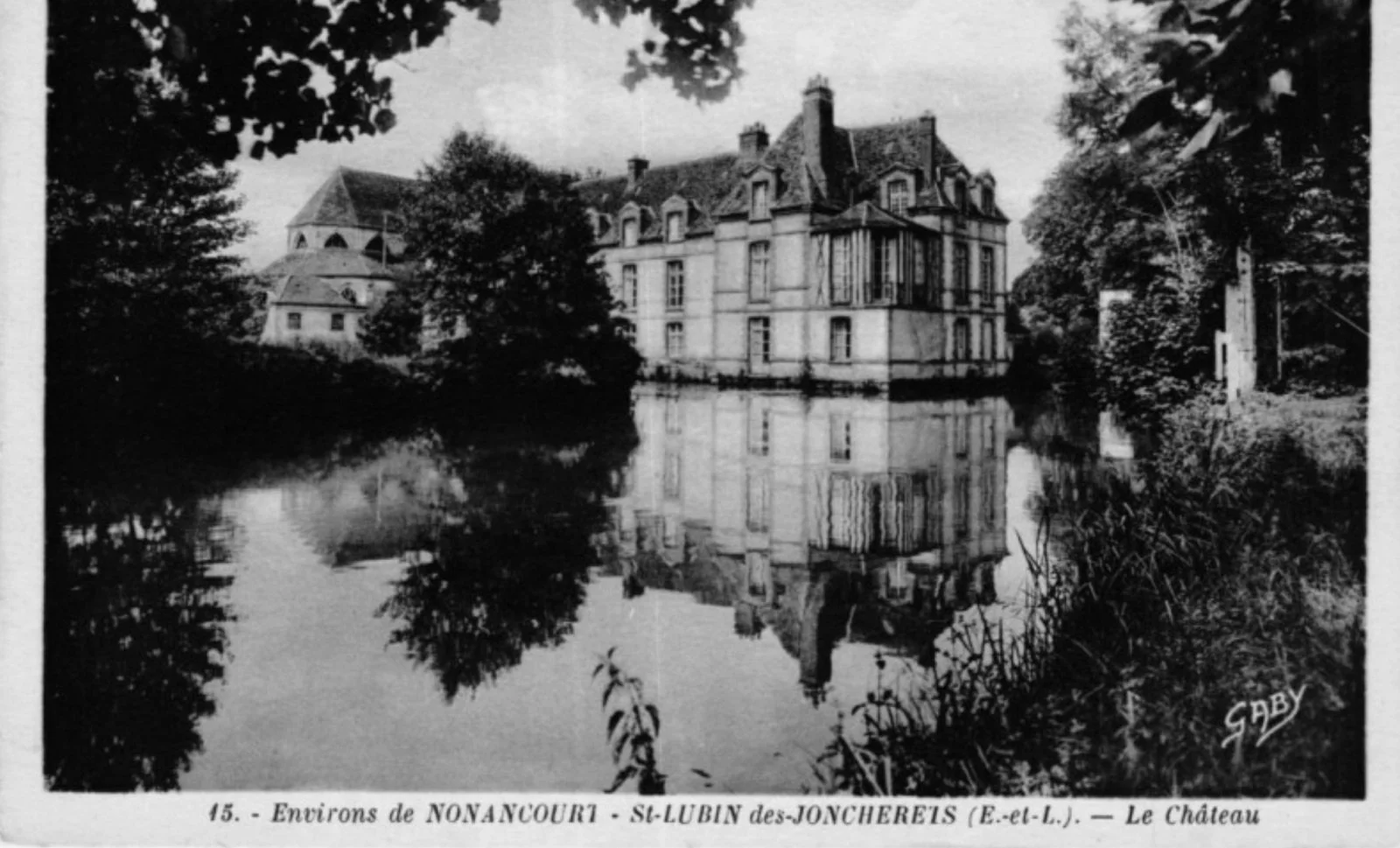
our historyDiscover Our Story
Nestled in the Avre Valley, Saint Lubin des Joncherets’ rich history dates back to the Paleolithic era. The commune received its name from the hermit monk, Saint Lubin, and has endured turmoil and renewal over the centuries.
From Scandinavian Viking invasions to conflicts between the French and English, Saint Lubin des Joncherets faced regional wars and devastating fires before regaining prosperity with the château's construction in 1620.
Late 18th century, Dutch industrialist Henry Sykes built spinning mills and foundries in the region, transforming it into a key industrial center and attracting diverse entrepreneurs. Although the World Wars halted production, Saint Lubin des Joncherets is now on the rise thanks to its proximity to Paris and its preserved medieval village.
Appreciation of the Past
Since the Paleolithic era, the Avre Valley region has been inhabited by human settlers for its water resources, with stone burial dolmens tracing back to 3000 BC near the city of Dreux. Within this historic valley lies the commune of Saint Lubin des Joncherets, home to Château des Joncherets.
The commune derived its name from the hermit monk Saint Lubin, whose presence and influence in the 6th century elected him Bishop of Chartres. During the 8th century, the region encountered Viking invasions and the creation of the Duchy of Normandy after the 911 Treaty of Saint-Clair-sur-Epte. Avre Valley became the border between Normandy and the Kingdom of France, setting the stage for centuries of conflict between the French and English.
Due to constant warfare, Nonancourt and Saint Lubin were destroyed and abandoned in 1418, forcing residents to flee to distant villages. The region remained in ruins for years before slowly rebuilding and reclaiming its former prosperity through the blockage of armed forces to Nonancourt.
The construction of the chàteau in 1620 marked a pivotal point of revival. Around the same time, the full name of “Saint Lubin des Joncherets” was adopted. From 1658 to 1697, President Francois Vedeau de Grammont, lord of Saint Lubin, oversaw restoration efforts, including repairing the church and bell tower. The chàteau was later sold during the French Revolution.
In the late 18th century, Dutch industrialist Henry Sykes established his family business in the Avre Valley, building cotton spinning mills and iron foundries. His success transformed the region into the leading industrial hub, attracting other entrepreneurs to grow
While the World Wars brought economic hardship and reduced the population of Avre Valley significantly, Saint Lubin des Joncherets is on the rise again. The commune continues to grow and add to its rich history with the development of new businesses, housing estates, and retail centers their businesses in the Avre Valley.
Timeline of Our Story




















